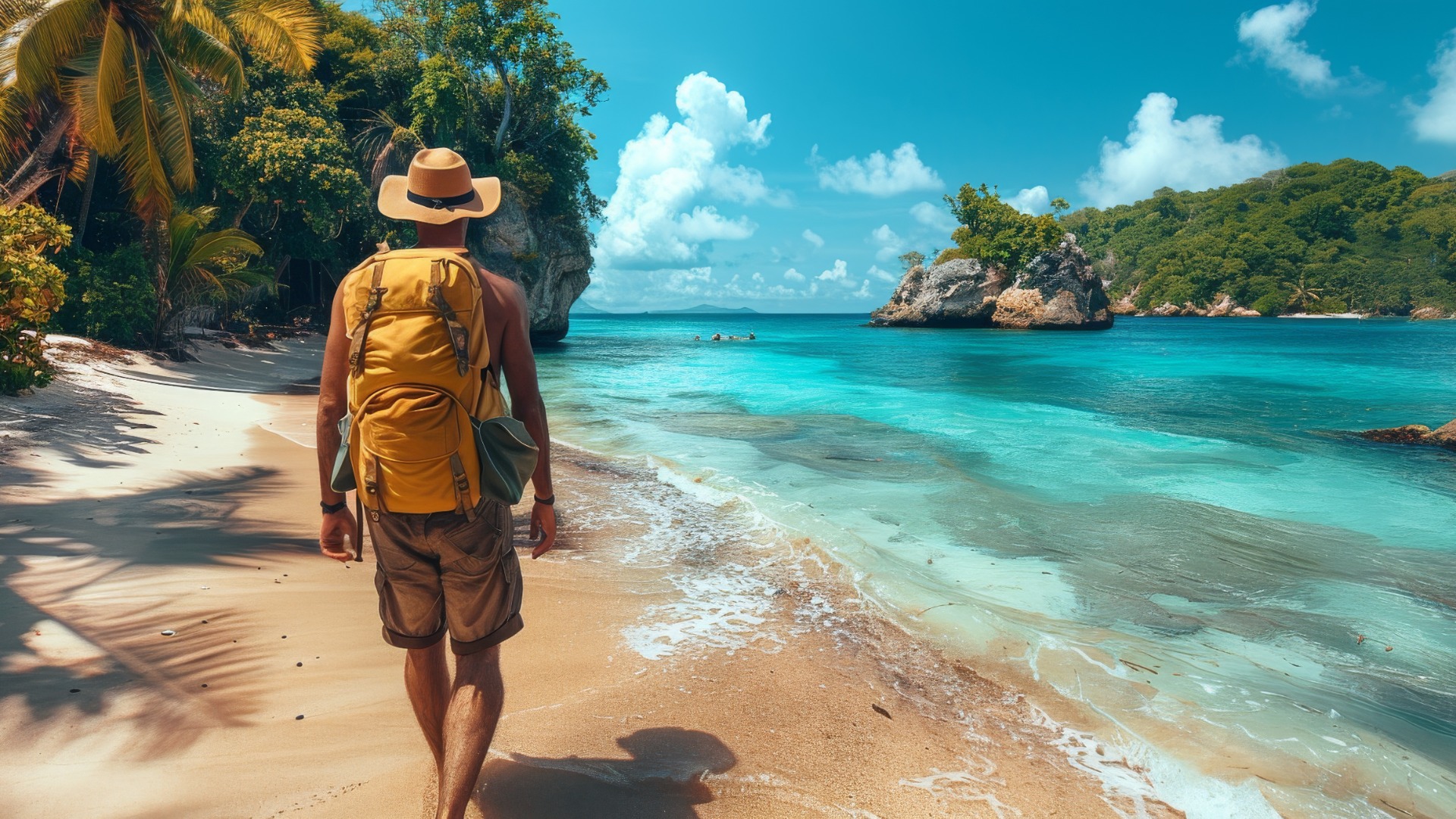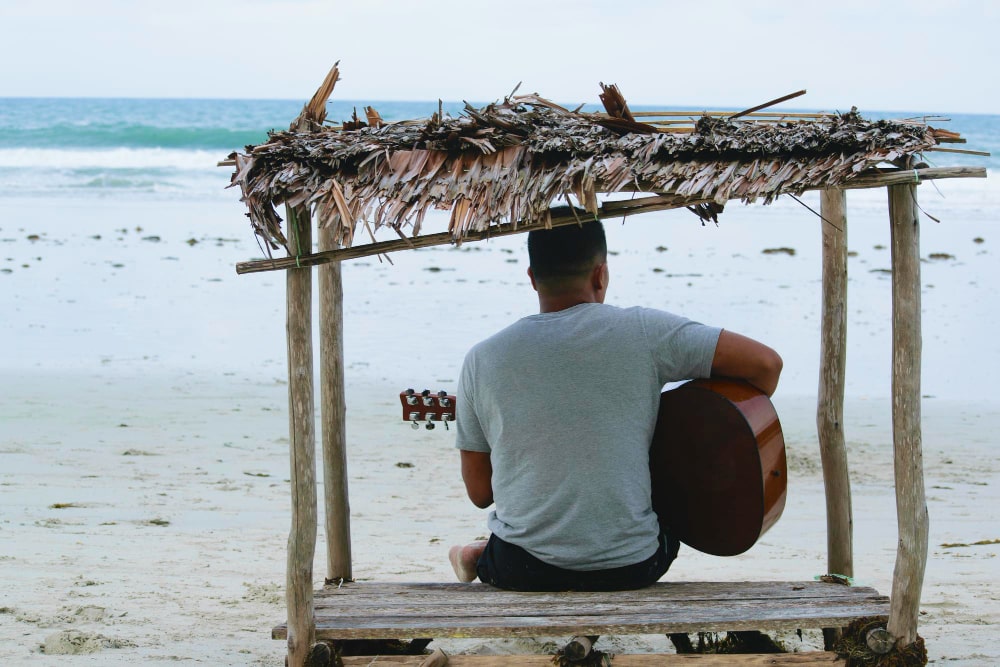My Susegad Journey
Years ago, I stumbled across a quote by Lao Tzu that created an awakening moment inside me: “The journey of a thousand miles begins with one step.” Those words felt like an invitation, a nudge to take a leap toward something new. For me, that leap unfolded in two parts; while moving to Goa, a place I’d always imagined as a haven of serene beaches and vibrant culture had finally arrived. But when I arrived, I found a land of contrasts—where locals were leaving for opportunities abroad, as the Gomantak Times noted in January 2024, while newcomers like me were drawn to weave ourselves into Goa’s colourful tapestry.
An Inward Journey
My second journey was truly transformative and began in 2010 when I signed up for a 10-day Vipassana meditation course while in Goa. I’ll be honest—those ten days of silence, introspection, and mindfulness were intense. But they cracked me open in the best way. Vipassana taught me to observe myself without judgment, to peel back layers of assumptions I didn’t even know I carried. It was like meeting myself for the first time, and it changed how I saw the world around me, especially Goa’s way of life. Admittedly, I misjudged the Goan way of life in the past. From 1986 to 2008, I saw the local’s laid-back vibe—what they call susegad—and labelled it “lazy.” I was caught up in my own restless, stress-fuelled mindset, projecting my chaos onto their calm. But Vipassana flipped the script. Sitting in silence, I realized that my judgment was a mirror of my own inner turmoil. By 2012, I was starting to get it. Susegad wasn’t about slacking off; it was about living with ease, finding contentment in the moment. That realization didn’t just shift my perspective—it let me fall in love with Goa’s rhythm. I wasn’t just visiting anymore; I was home.
The Changing Tides of Susegad
It’s not just me who’s had to wrestle with understanding susegad. I’ve noticed that many young Goans seem disconnected from this way of life. As Goa morphs into a bustling hub of tourism and urban growth, the slow, contented susegad vibe feels out of step with the ambitions of the younger generation. Modernization, migration, and the pull of technology have shifted priorities. I’ve read insights from folks like Clyde D’Souza, who suggest that susegad could be reframed—not as a relic of the past but as a modern philosophy of balance. Imagine teaching it in schools or celebrating it as a counterpoint to today’s hustle culture. I think there’s something powerful there, a way to honour tradition while embracing the present.
The Hidden Heart of Goa
Goa’s magic runs deeper than its beaches. There’s a mysticism here—in the ancient caves, sacred churches, and timeless temples that pulse with history. But it’s hard to ignore the shadow cast by Goa’s modern reputation: wild parties, drugs, and alcohol. It breaks my heart to see the land of my ancestors, with its lush landscapes and rich heritage, strained by mass tourism. Leaders promise sustainable tourism, but too often, they turn a blind eye as Goa’s ecological and cultural fabric frays. I dream of a Goa where its legacy is cherished, where susegad isn’t just a memory but a living, breathing part of its future. For me, embracing susegad has been more than adopting a lifestyle—it’s been a journey inward, guided by mindfulness and a deep love for this land. I hope others, locals and newcomers alike, find their own path to this beautiful way of being.
Share Your Thoughts
Have you experienced the susegad lifestyle? Let me know in the comments below or connect with me on social media!



